Road bike vs hybrid bike: Understanding the differences
We explore the similarities and differences between a road bike and a hybrid

One of the most common questions you’ll hear in bike shops everywhere is, “What’s the difference between a road bike and a hybrid bike?” To the casual cyclist, they may look the same. Both have similar shapes and sizes, with basic tyres that aren’t too wide or too narrow. Most have disc brakes, lots of gears, and both front and rear derailleurs. Yet there are a number of stark differences.
Hybrids typically use flat bars rather than drop bars, and are often heavier than road bikes. Their shapes make for a much more upright riding position, and their saddles look like pillows. In this piece, we’ll help explain the differences between a road bike and a hybrid from the big stuff to the little. Some differences are obvious; others not so much. But first, what is a road bike and a hybrid actually designed for?
Purpose of road bikes and hybrids
The best road bikes are designed for fast riding and quick handling on all sorts of tarmac. For roads and cycle paths, criterium circuits and Pyrenean climbs, road bikes are the best fit. Road bikes range from lightweight climbing bikes to aerodynamic race machines and endurance-focused frames. There is a wide range of on-road capabilities for road bikes, but they are also limited to the tarmac.
The best hybrid bikes, on the other hand, are designed for mixed terrain including tarmac and cycle paths, but also soft gravel and light dirt. Their wider tyres are more durable and puncture-resistant, but they are also significantly heavier than road bikes. The flat bars on a hybrid are super comfortable, but they aren’t aerodynamic or fast.
Made with room for extra-wide tyres, mudguards, lights, and racks, hybrids are often more attractive to beginner-level riders and commuters who want to tackle more than just smooth pavement in a comfortable upright position.
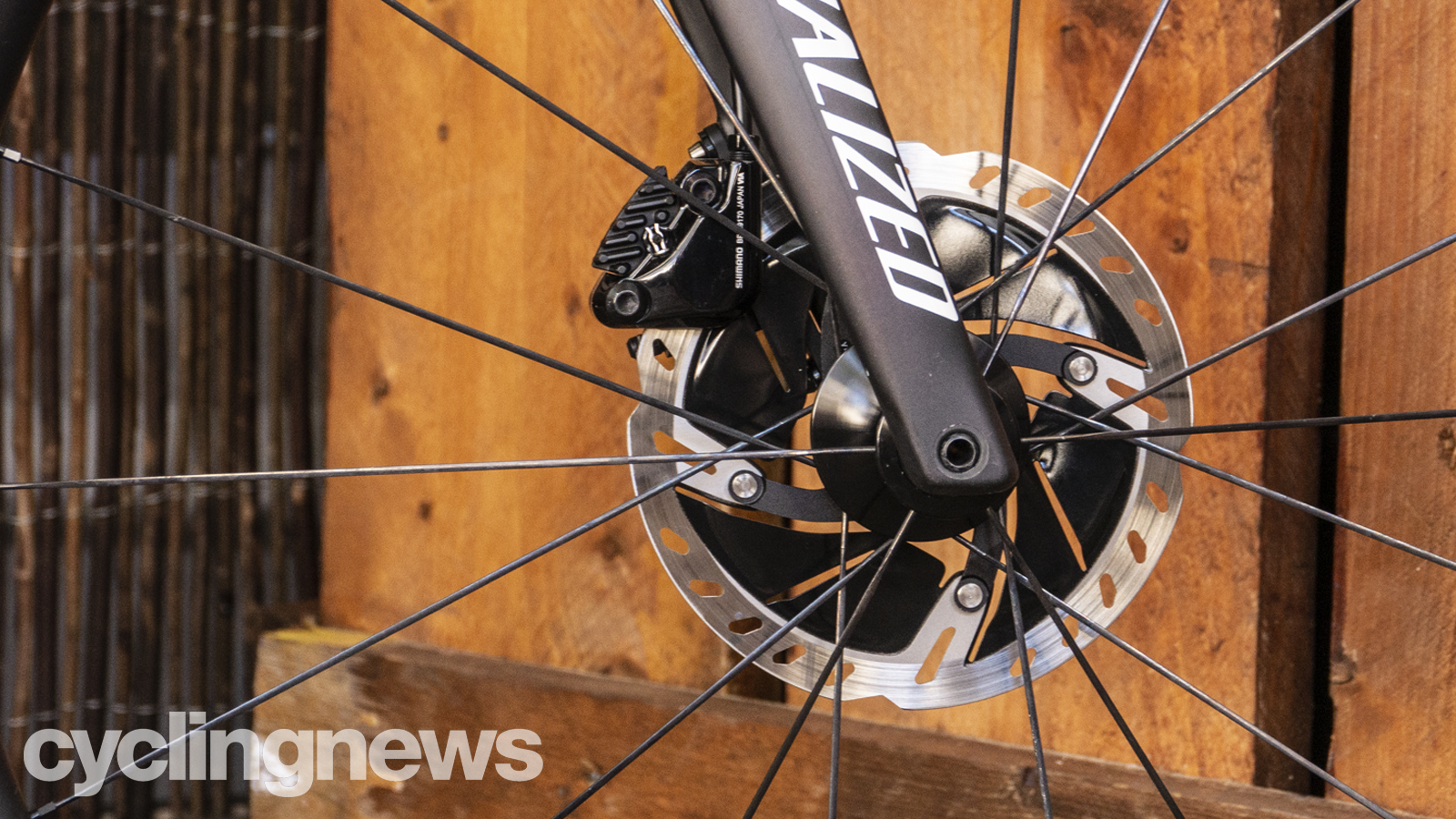
Gears and brakes
This is one of the areas where road bikes and hybrids overlap the most. Both share similar technology when it comes to gearing and brakes, with the latter being almost identical. But when it comes to gearing, there is usually a wider range to choose from on a hybrid than there is on a road bike.
Hybrids typically have 2x or 3x set-ups, which refers to the number of front chainrings. It is rare - though not impossible - to find a 1x hybrid, albeit the set-up is still rare to see on most road bikes. Designed for beginners and commuters, hybrids have a wide range of gearing to make hills as easy as possible. The smallest chainring of a 3x set-up is often referred to as the ‘granny gear’ as it is so small and so easy to pedal.
Get The Leadout Newsletter
The latest race content, interviews, features, reviews and expert buying guides, direct to your inbox!
However, a 3x set-up can be heavier and more difficult to set up and service compared to 1x and 2x set-ups. Plus, unless you’re frequently riding up steep grades, there is little need for the granny gear.
Road bikes most often have a 2x gearing set-up with a ‘big ring’ and a ‘small ring.’ The most common road bike setup is a 50/34t front chainring set-up, with a 10-speed or 11-speed rear cassette. Most gearing ranges from 11t to 28t in the rear, while climbing set-ups may go up to 30t or 32t instead. On either bike, you will have a wide range of gearing to choose from whether you’re grinding up a steep climb or racing at 50kph.
Both road bikes and hybrids typically have disc brakes, although there are many road bikes out there that still use rim brakes. The older style of rim brakes are lighter, cheaper, and easier to set-up than disc brakes, although it is inferior in all performance areas. Disc brakes – both mechanical and hydraulic – are more powerful than rim brakes, better in wet weather, and have a degree of modulation whereas rim brakes have none. Across the board, disc brakes perform better than rim brakes.
- Disc brakes vs rim brakes: Understanding the differences
It’s important to remember that rim brakes still work, and many riders still love them for their look, lightness, and convenience. Most modern hybrids have disc brakes, although you can find low-end models with rim brakes. For casual rides around town, rim brakes will do the job. But for riding at faster speeds or in bad weather, it’s worth considering disc brakes for the performance benefits.
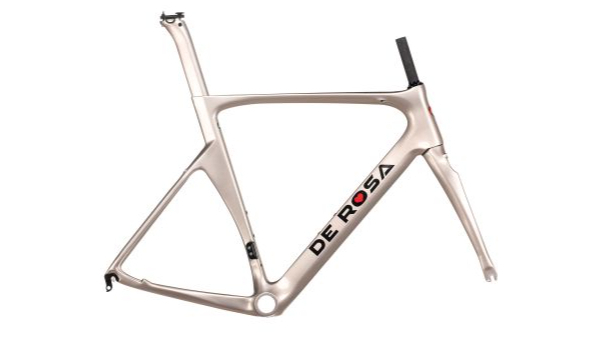
Frame geometry
Hybrids are designed for casual and comfortable upright riding, and so their frames reflect that. With a shorter top tube and shorter reach from the saddle to the handlebars compared to that of a road bike, a hybrid feels shorter and more upright than a road bike, not just in ride feel but in the actual frame geometry. A hybrid’s frame is designed to keep most of the rider’s weight on the saddle; whereas a road bike's distributes the rider’s weight more evenly from the handlebars and front wheel, to the saddle and the rear wheel.
Road bikes are designed for speed, which benefits from a low and narrow aerodynamic position. A road bike frame has a longer top tube and longer reach compared to a hybrid, which causes a longer and lower rider position.
- Bike fit guide: Top tips to get the perfect bike fit
- What size bike do I need? A comprehensive bike size guide
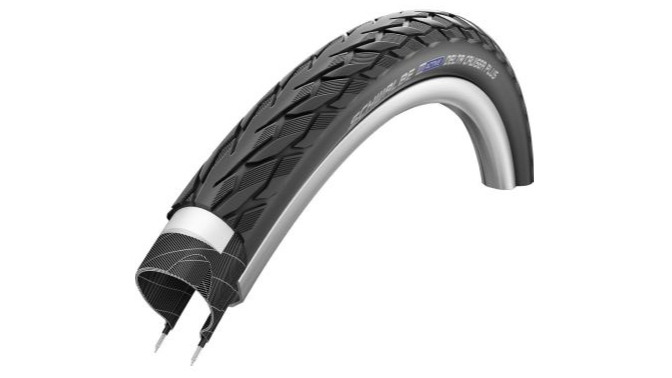
Wheels and tyres
Both road bikes and hybrids use standard 700c road wheel sizes to fit their frames and create the best balance between speed, handling, and comfort. Some hybrids may have slightly larger or wider wheels, and these are meant for more committed off-road riding. Mountain bike wheels share the same trait, with the extra size and width making them stronger and more durable over rough terrain.
When it comes to tyres, road bikes use tyres that are lighter, narrower, and thinner than hybrids. This is all directly correlated to speed, as best road bike tyres are designed to be as fast as possible. With little tread – the grooves and markings along the tyre’s surface – road tyres are fast on tarmac, but slippery on any off-road surface. Most road tyres are between 21mm and 38mm wide, with most roadies opting for tyres that are either 25mm or 28mm wide. Road tyres are much lighter and faster than hybrid tyres, although they are significantly less durable. Hybrid tyres are thicker, heavier, and wider than road tyres, which makes them better protected against punctures. Most hybrid tyres are over 32mm wide, and up to 38mm or even 40mm will fit in most hybrid frames.
- Best winter road bike tyres: Durable, grippy and puncture-resistant tyres for riding in cold, wet weather
- Best tubeless road tyres: Our pick of the top tubeless road tyres
Hybrid tyres have a wide range of treads available, and you can choose one based on your desired ride terrain. For city-going commuters, a slick hybrid tyre or smooth file tread will be the best commuting bike tyre option. But for hybrid riders who want to explore a little bit of off-roading, they can opt for a thicker hybrid tyre with more tread overall and especially on the sides of the tyres for slippery corners. Hybrid tyres are heavy and slow compared to road tyres, but they are also better on variable terrain, puncture-resistant, and handle better in the wet.
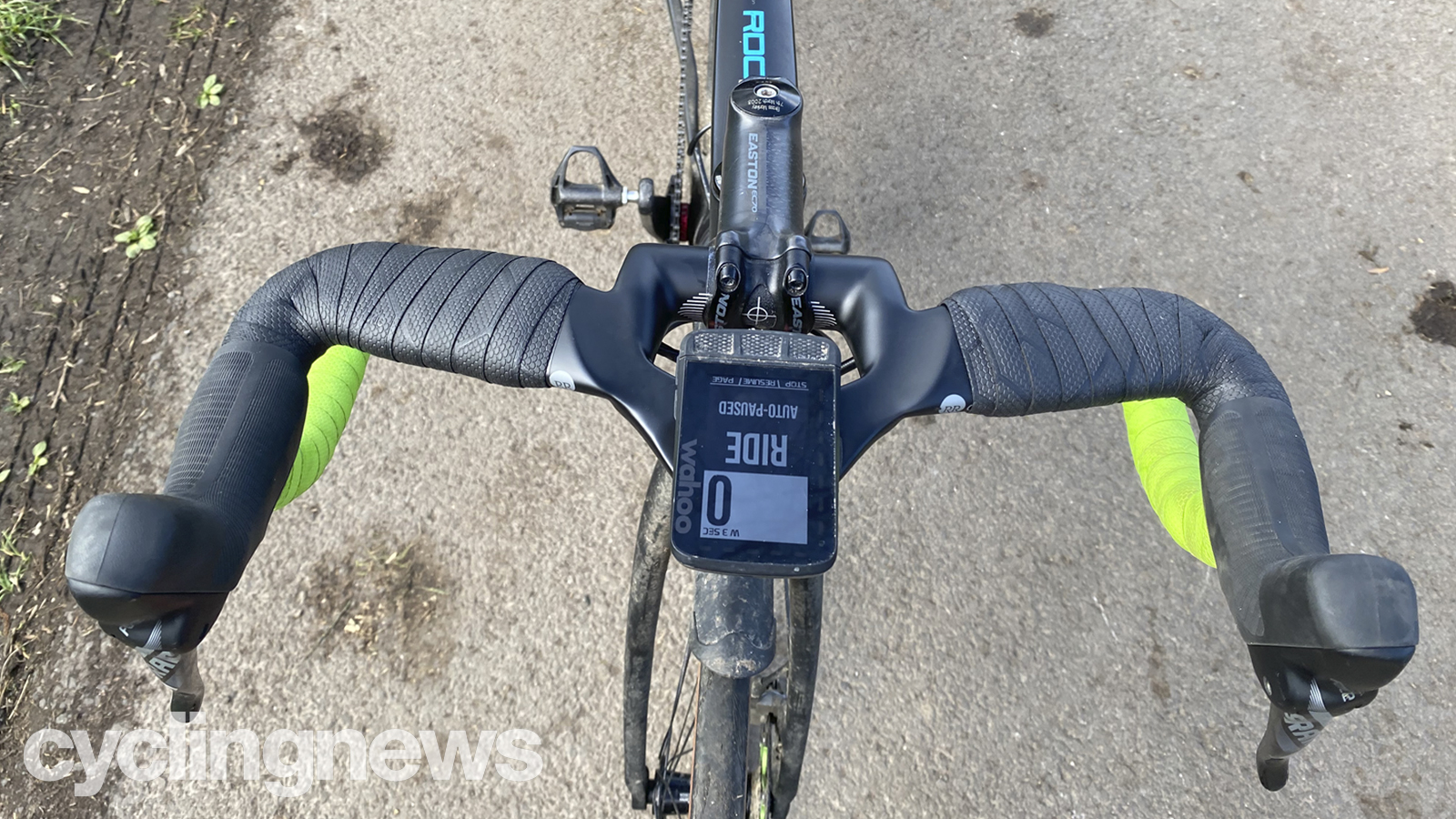
Handlebars
One of the defining features of road bikes versus hybrids is that they use drop bars instead of flat bars. Drop bars are carefully curved handlebars that offer three different hand positions for the rider: on the hoods, on the tops, or in the drops. The hoods are on the front of their drop bars – where you can also find the braking and shifting levers – and this is the most comfortable and common position for road riding. The tops are typically used for climbing, whereas the drops are used for descending, sprinting and cornering.
Hybrid bikes use flat bars which, like mountain bike handlebars, extend from left to right with only a few degrees of curvature in the middle. On mountain bikes, there is only one hand position, and that is at either end of the flat handlebar, but some hybrids have an added piece to their handlebars called ‘bull horns.’ These are curved extensions on the end of the flat bar that can be used as a second-hand position. This is a feature of hybrids that we really don’t see on any other style of bike.
Hybrids also use different brake levers shifters compared to road bikes – as you could’ve guessed, most hybrids borrow the style of shift and brake levers from mountain bikes as they both use similarly shaped flat bars. Instead of the vertical levers on road bike hoods, hybrids use thumb and finger shifters, and separate pull-levers for their brakes.
Most road bike drop handlebars measure between 38cm and 44cm wide, while hybrid bars are significantly wider at 52cm to 70cm wide.
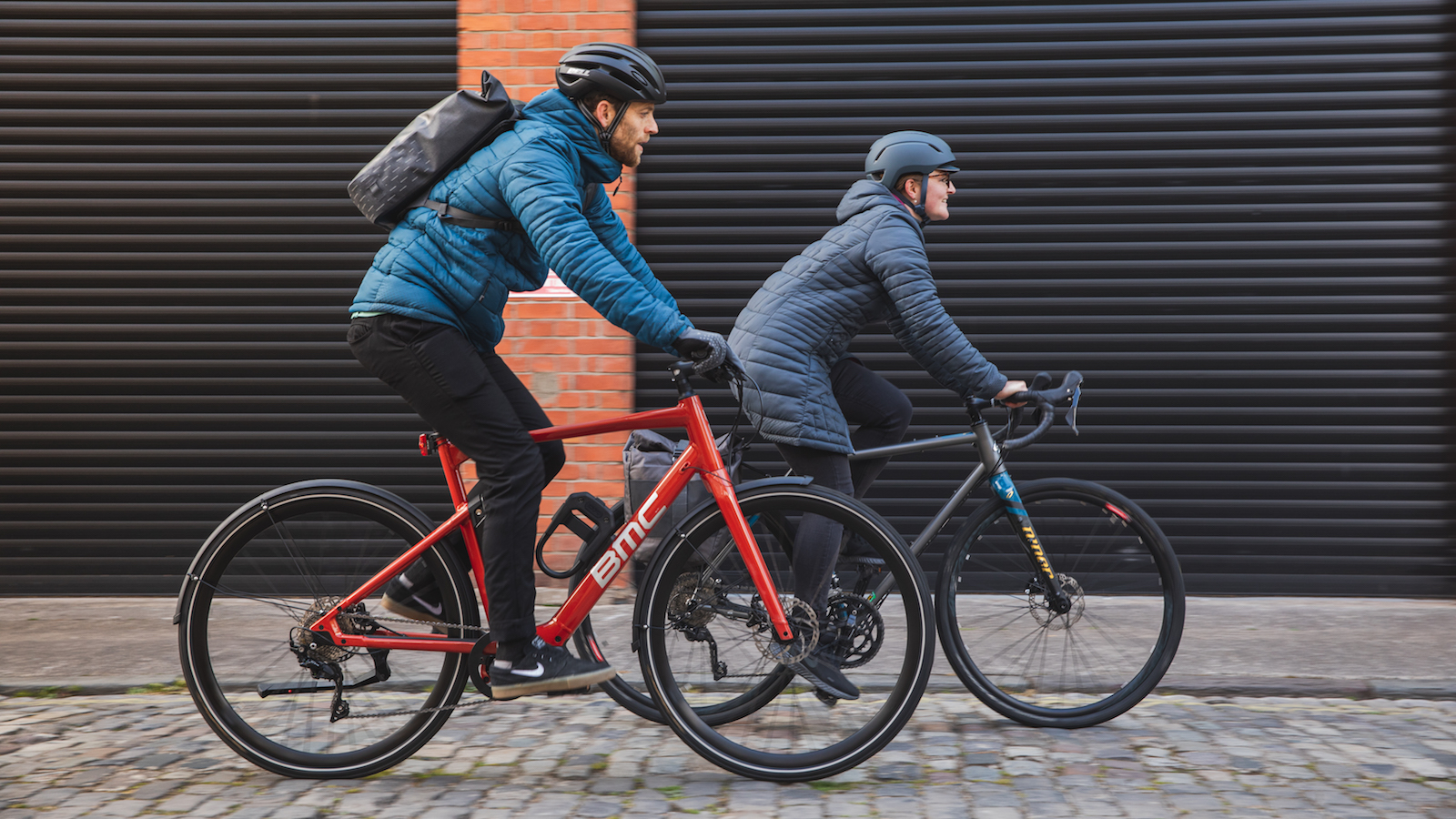
Position
As you may have figured out already, there is a massive difference between the riding positions of a road bike versus a hybrid.
On a road bike – which is all about speed and aerodynamics – the rider’s position will be lower and narrower than on a hybrid bike. This can put some extra strain on the rider’s lower back, and more pressure on their hands and arms as they shift their bodyweight forward. Road bikes have a relatively longer top tube and reach compared to hybrids, which helps lengthen the rider and help them stay more aerodynamic.
Hybrid bikes are designed for casual and comfortable riding, which means a relaxed and upright riding position. Their top tubes and reach are generally shorter than a road bike's, which helps the rider sit up while pedalling rather than leaning forward over their bottom bracket. You’ll also want a more balanced centre of gravity on a hybrid if you’re taking it off-road onto local trails or light gravel roads, and so the frame is designed to keep you upright and in control from the seated position.
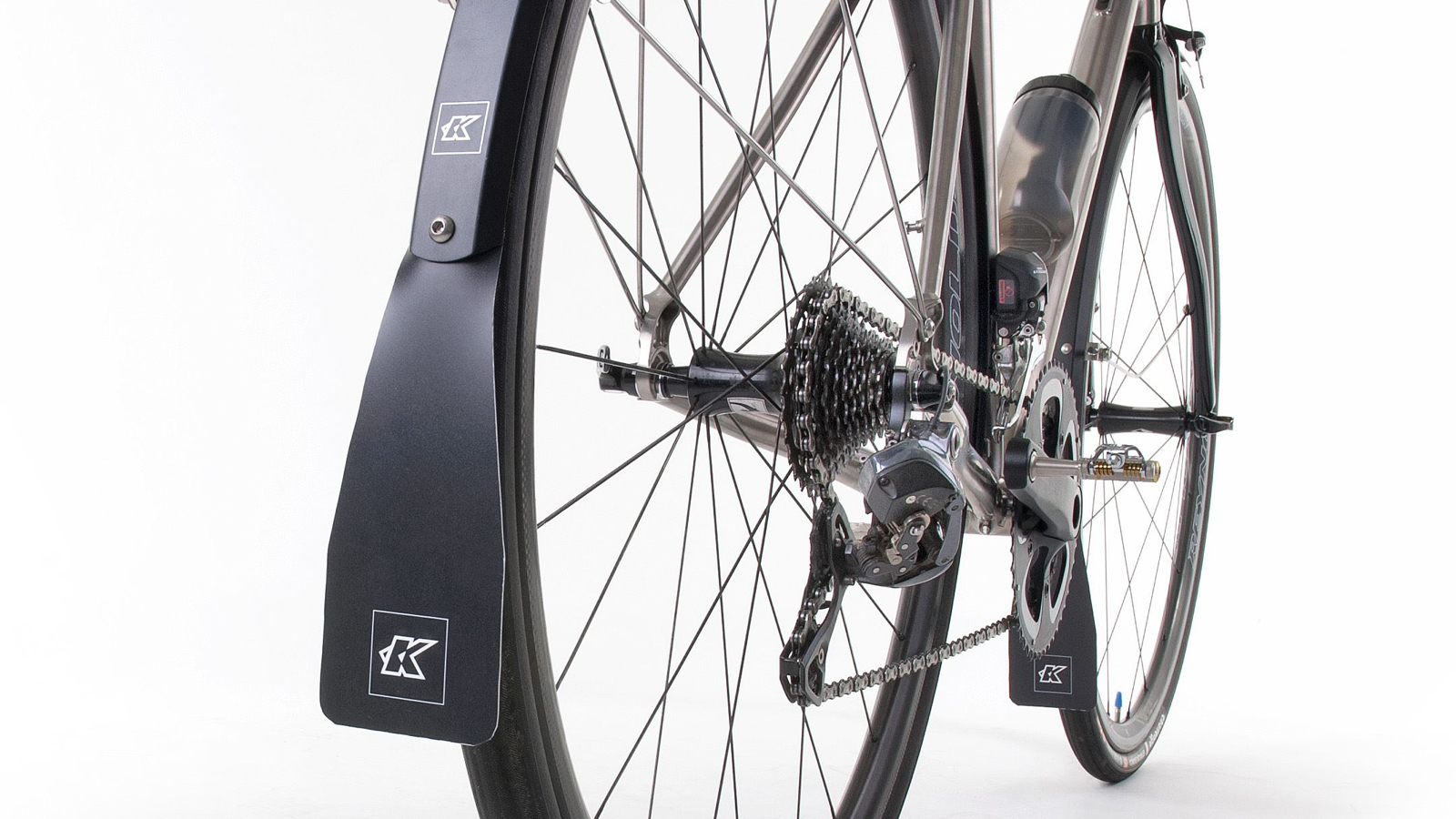
Accessories
While road bikes don’t have many extra features – they are meant to be lightweight and aerodynamic, after all – most models do have room for lights and bottles cages at least. But that pales in comparison to hybrids which often have built-in mounts for accessories such as lights, racks, mudguards, and more. Hybrid riders won’t mind the extra weight, as their bikes are designed for casual riding and commuting.
How to choose
There are many factors that go into deciding between a road bike and a hybrid. Both bikes do similar things, but one is slow while the other is fast, and one is comfortable while the other might not be. When it comes to deciding between the two, it all depends on what your goals are as a cyclist.
Are you using this bike to commute, rain or shine? Or are you looking to break some PBs in a local time trial, or go after some local Strava KOMs? Hybrid bikes are all about staying comfortable and confident on the bike on a wide variety of terrain. You won’t want to end up on a gnarly singletrack, but your hybrid can certainly handle crushed gravel, dirt, and rough pavement. The wide tyres will help protect against punctures, while the upright position will help rest your back and arms.
Road bikes are significantly lighter and faster than hybrids, though they take some getting used to, both in terms of the on-bike comfort and using the shift/brake levers for the first time.
Though you won’t really be able to take your road bike off-road, you will be much faster on it, whether you're on a group ride or in the National Championships. While a hybrid may be the better choice for commuting, a road bike can help you smash your personal bests and ride faster than ever.
Zach is a freelance writer, the head of ZNehr Coaching, and an elite-level rider in road, track, and e-racing. He writes about everything cycling-related, from buyer's guides to product reviews and feature articles to power analyses. After earning a Bachelor’s Degree in Exercise Science at Marian University-Indianapolis, Zach discovered a passion for writing that soon turned into a full-fledged career. In between articles, Zach spends his time working with endurance athletes of all abilities and ages at ZNehr Coaching. After entering the sport at age 17, Zach went on to have a wonderful road racing career that included winning the 2017 Collegiate National Time Trial Championships and a 9th place finish at the 2019 US Pro National Time Trial Championships. Nowadays, Zach spends most of his ride time indoors with NeXT eSport.